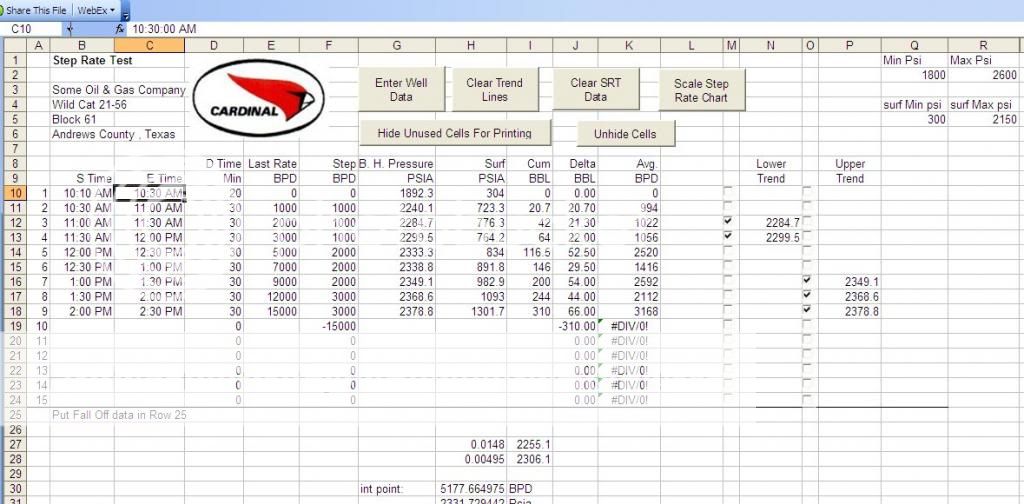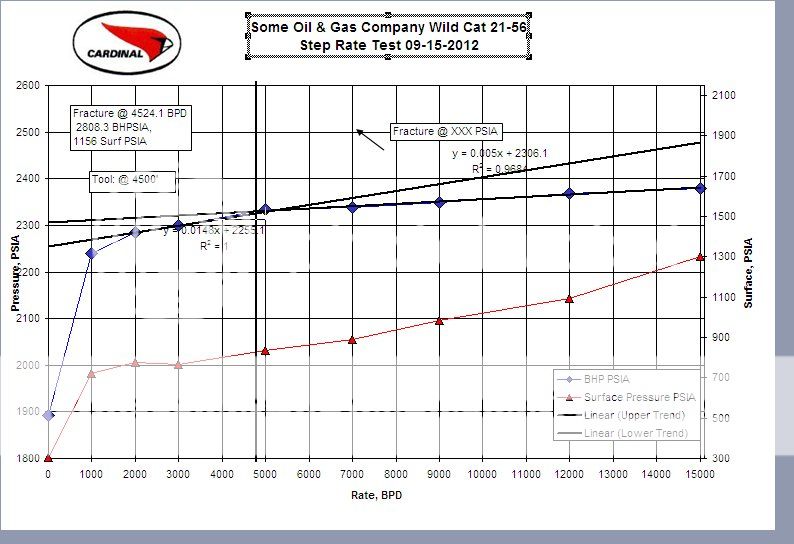Hello everyone I have a spread sheet that we input data on and produce a simple graph. When I started we plotted these graphs by hand on chart paper. When we started using spread sheets I learned how to graph the problem is these guys we have working in the field don't know how or care to learn how to make a simple xy graph.
Six months ago I started automating a workbook so our field guys could just plug in numbers and have the needed graph, I put check boxes to select the points to calculate the slope and intercept. I hard coded to plot to say line 21 then at the end of the test we always have a zero point that we don't plot so I put that on line 22 then have a macro to hide everything before I print it.
I think I would like to dynamically select the data for graphing but I'm not sure about the best way to do this. My first thought is to key on the x axis column with a loop and graph data from zero until the x looses value. What do y'all think which would be the best approach?
I am sorry about the long post I hope I am clear with what I am trying to accomplish.
Six months ago I started automating a workbook so our field guys could just plug in numbers and have the needed graph, I put check boxes to select the points to calculate the slope and intercept. I hard coded to plot to say line 21 then at the end of the test we always have a zero point that we don't plot so I put that on line 22 then have a macro to hide everything before I print it.
I think I would like to dynamically select the data for graphing but I'm not sure about the best way to do this. My first thought is to key on the x axis column with a loop and graph data from zero until the x looses value. What do y'all think which would be the best approach?
I am sorry about the long post I hope I am clear with what I am trying to accomplish.







